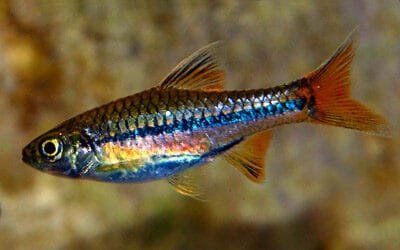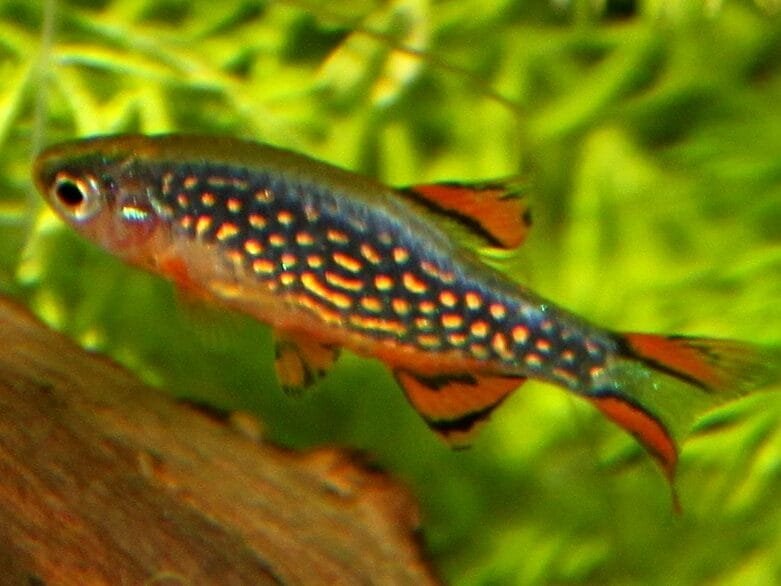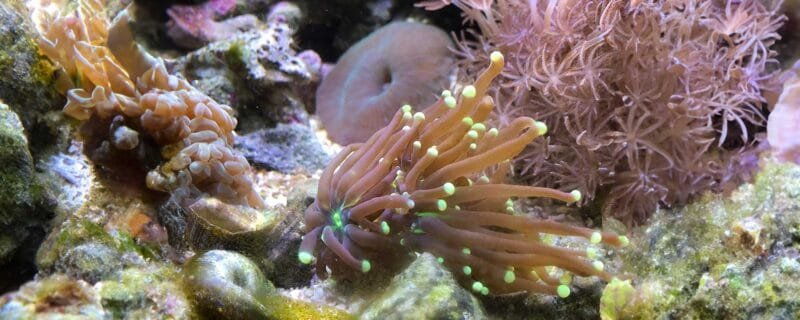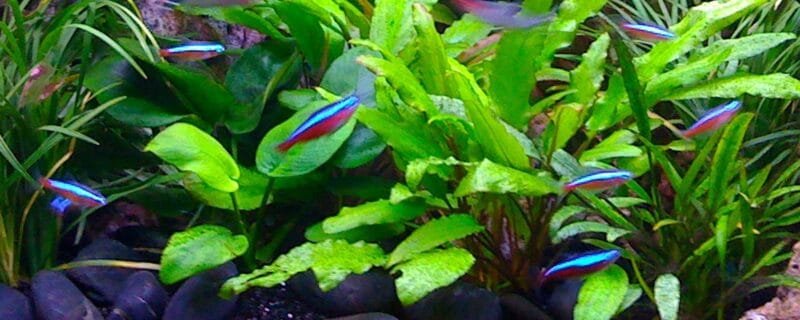Among the most graceful and striking schooling fish in the aquarium hobby, the Scissortail Rasbora (Rasbora trilineata) is a freshwater fish admired for its shimmering body and distinctive forked tail pattern. The name “Scissortail” comes from the way this fish flicks its deeply forked tail fin in a scissor-like motion while swimming. Native to Southeast Asia, these active and peaceful fish make excellent additions to community tanks, particularly for aquarists who value movement and harmony.
This blog explores everything you need to know about the Scissortail Rasbora, from its natural origins to aquarium care, breeding, and even its rarer albino form.
Species Overview
-
Common Name: Scissortail Rasbora
-
Scientific Name: Rasbora trilineata
-
Family: Cyprinidae
-
Native To: Southeast Asia – Thailand, Cambodia, Laos, and Malaysia
-
Ease of Care: Easy to moderate
-
Temperament: Peaceful, active schooling fish
-
Tank Level: Mid to top dweller
Appearance and Size
The Scissortail Rasbora is an elongated, silvery fish that reflects light beautifully in a well-lit aquarium. Its most distinctive feature is the caudal fin, which is forked with bold black and white bands, giving the impression of a pair of scissors opening and closing.
-
Average Size: 4–6 inches (10–15 cm)
-
Shape: Streamlined body for fast swimming
-
Color: Silver with subtle iridescence, black lateral line, and patterned tail fin
Native Habitat
In the wild, Rasbora trilineata inhabits large rivers, streams, and flooded forests in Southeast Asia. These waters are typically slow-moving with sandy or muddy substrates and shaded by overhanging vegetation. The natural environment is warm and slightly acidic, with plenty of room for schools to swim.
Diet
Scissortail Rasboras are omnivores. In their natural setting, they feed on small insects, larvae, algae, and plant matter. In the aquarium:
-
Staple Diet: High-quality flake or micro-pellet foods
-
Supplements: Live or frozen foods such as daphnia, brine shrimp, and bloodworms
-
Vegetable Matter: Spirulina flakes or blanched vegetables occasionally
A varied diet helps maintain their health and enhances their natural coloration.
Sexing
Sexual dimorphism is subtle in Rasbora trilineata:
-
Males: Slightly slimmer, more streamlined bodies, and may display stronger contrast in the caudal fin.
-
Females: Fuller, rounder bellies, especially when carrying eggs.
Breeding
Breeding Scissortail Rasboras in captivity can be achieved with the right setup:
-
Conditioning: Feed pairs live and frozen foods to encourage spawning.
-
Tank Setup: A separate breeding tank with fine-leaved plants or spawning mops is ideal.
-
Spawning Behavior: They scatter eggs among plants; parents do not guard them.
-
Fry Care: Remove adults after spawning to prevent egg predation. Fry can be fed infusoria, then baby brine shrimp as they grow.
Water Conditions
For long-term health, provide an aquarium that mimics their natural waters:
-
Temperature: 72–79°F (22–26°C)
-
pH: 6.0–7.5
-
Hardness: Soft to moderately hard (up to 12 dGH)
-
Tank Size: Minimum of 30 gallons, as they are active swimmers
-
Environment: Open swimming areas with some planted zones for shelter
Ease of Care
Scissortail Rasboras are hardy and well-suited for beginners who can provide a properly sized tank. Their main requirement is being kept in a school, ideally 6 or more, to prevent stress and ensure natural behavior. Regular water changes and a balanced diet will keep them thriving.
Community Compatibility
These fish are peaceful and get along well with many other freshwater species. Suitable tankmates include:
-
Other peaceful schooling fish (tetras, danios, barbs)
-
Bottom dwellers (corydoras catfish, loaches)
-
Gouramis and other calm community species
Avoid aggressive or fin-nipping species, as Scissortails’ flowing tails can be a target.
Species Variations and Albino Form
While the standard Scissortail Rasbora is silver with black and white tail markings, albino versions are occasionally available in the aquarium trade.
-
Albino Scissortail Rasbora: Characterized by a pale cream-pink body with red or orange eyes, while retaining the distinctive scissor-like tail shape.
-
Albino variations are slightly rarer but just as peaceful and hardy, making them a unique centerpiece in community tanks.
Related Species
Rasbora trilineata belongs to the genus Rasbora, which includes many small, peaceful schooling fish. Some close relatives and popular aquarium species include:
-
Harlequin Rasbora (Trigonostigma heteromorpha)
-
Lambchop Rasbora (Trigonostigma espei)
-
Brilliant Rasbora (Rasbora einthovenii)
Each has its own unique coloration and characteristics, but all share the same gentle temperament and schooling behavior.
FAQs about Scissortail Rasboras
1. How many Scissortail Rasboras should be kept together?
They should always be kept in groups of at least 6, though larger schools of 10 or more will display more natural and active behavior.
2. Can Scissortail Rasboras live with bettas?
They can coexist with peaceful bettas in larger tanks, but care should be taken, as bettas may sometimes nip at their tails.
3. Do Scissortail Rasboras jump out of tanks?
Yes, they are known jumpers. A secure, tight-fitting lid is essential to prevent accidental escapes.
Conclusion
The Scissortail Rasbora (Rasbora trilineata) is an elegant, peaceful schooling fish that adds both movement and grace to community aquariums. With their active swimming, shimmering bodies, and distinctive tail patterns, they are a favorite among aquarists worldwide. Their hardy nature, compatibility with other species, and availability in albino variations make them both a beginner-friendly and rewarding species to keep.







